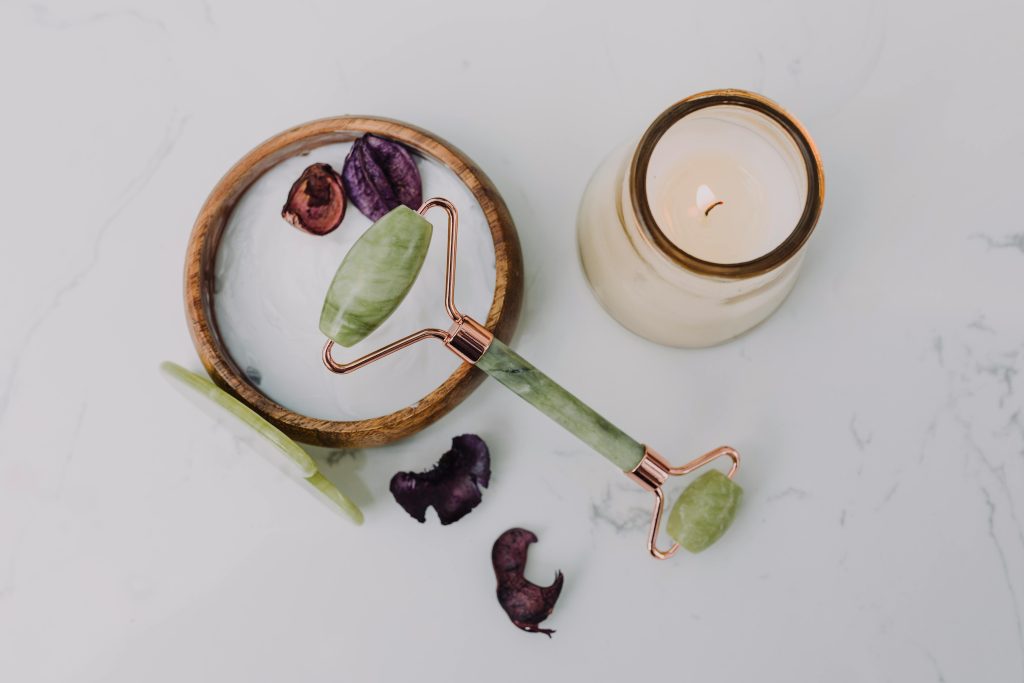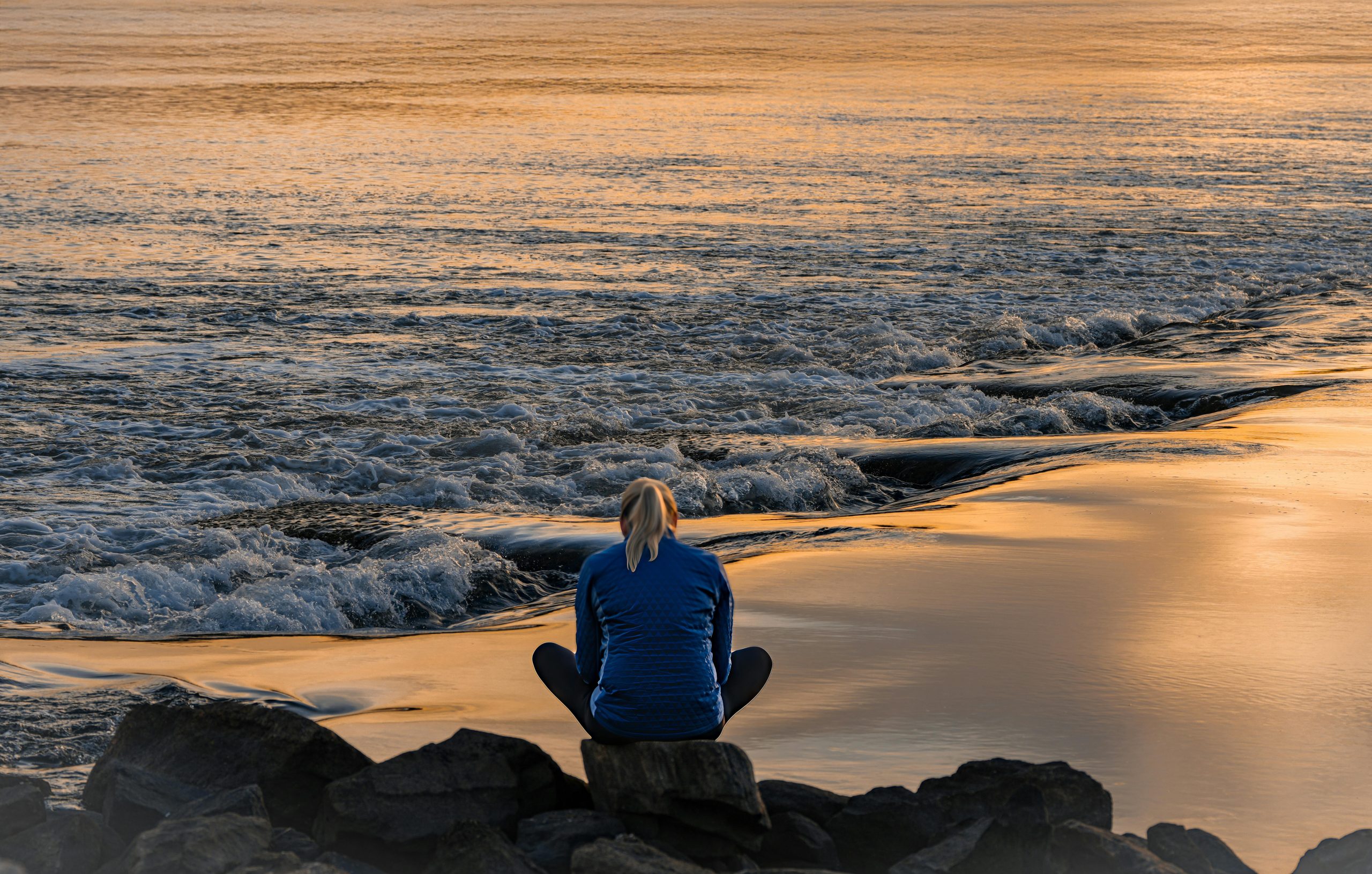Introduction
In a world of constant notifications, packed schedules, and endless distractions, it’s easy to feel overwhelmed. But mindfulness offers a powerful antidote. By simply pausing and paying attention to the present moment, we can improve focus, reduce stress, and reconnect with ourselves and the world around us.

At Focusly, we believe mindfulness isn’t about emptying your mind or escaping reality—it’s about embracing it with awareness and compassion. In this guide, we share the top tips for success in mindfulness, whether you’re just beginning or looking to deepen your practice.
1. Start Small and Stay Consistent
Mindfulness doesn’t have to be time-consuming. Even just a few minutes a day can make a meaningful impact.
How to begin:
- Start with 2–5 minutes of quiet focus on your breath
- Choose a consistent time—morning, lunch break, or before bed
- Use a timer or mindfulness app for guided support
Tip: Consistency matters more than duration. A few mindful minutes daily beat one long session weekly.
2. Focus on the Breath
The breath is a powerful anchor that brings you back to the present whenever your mind wanders.
Try this:
- Sit or lie comfortably
- Inhale slowly through your nose for 4 seconds
- Exhale gently through your mouth for 6 seconds
- Repeat and gently return to the breath if your mind drifts
Why it works: Breathing patterns directly affect your nervous system—slower breathing calms the mind.
3. Observe Without Judgement
A key principle of mindfulness is non-judgemental awareness. It’s not about stopping thoughts—it’s about noticing them without reacting.
Practice:
- Acknowledge thoughts, feelings, or body sensations as they arise
- Label them gently (“thinking,” “feeling,” “tension”)
- Let them pass like clouds in the sky—no need to fix or follow
Mindfulness mantra: “I notice, I don’t judge.”
4. Incorporate Mindfulness Into Daily Life
You don’t need a cushion or quiet room to be mindful—any moment can be a mindful moment.
Everyday mindfulness:
- Mindful eating: focus on flavour, texture, and chewing
- Mindful walking: feel your feet hit the ground, notice surroundings
- Mindful chores: wash dishes with awareness, not autopilot
- Mindful listening: give full attention in conversations
Result: Everyday routines become opportunities for presence and calm.
5. Use Guided Meditations and Apps
If sitting in silence feels challenging at first, guided meditations can make mindfulness more accessible.

Top mindfulness apps:
- Headspace – great for beginners and sleep support
- Calm – features music, meditations, and breathing exercises
- Insight Timer – free meditations from global teachers
- Focusly (our pick!) – custom tracks, daily reminders, and progress tracking
Tip: Try different voices and styles until you find what resonates with you.
6. Practice Gratitude Daily
Mindfulness pairs beautifully with gratitude—it helps shift focus from what’s missing to what’s meaningful.
Simple gratitude practice:
- Each morning or night, write down 3 things you’re grateful for
- Reflect on moments, not just material things
- Feel the emotion as you acknowledge each one
Why it helps: Gratitude rewires the brain for positivity and helps anchor you in the present.
7. Be Kind to Yourself
Mindfulness includes self-compassion. It’s okay to have racing thoughts or to forget to practice. Progress is non-linear.
Self-kindness reminders:
- Speak to yourself like you would a friend
- Notice when self-criticism arises and soften it
- Celebrate small wins: “I showed up,” “I paused,” “I noticed”
Growth mindset: There’s no perfect way to be mindful—only the practice of returning.
8. Connect Mindfulness to Your Intentions
Mindfulness has more impact when connected to a purpose or personal value.
Ask yourself:
- Why do I want to be more present?
- How will mindfulness help me in relationships, work, or self-care?
- What would my ideal mindful day look like?
Tip: Set a daily intention before each practice (e.g., “Today, I want to respond calmly”).
9. Create a Mindful Environment
Your surroundings can support or distract your practice. Set up a space that encourages stillness and focus.

Create your calm zone:
- Declutter your desk or room
- Use soft lighting, natural elements, or calming scents
- Turn off notifications when practicing
- Keep a journal or mindfulness book nearby
Reminder: External space often mirrors internal clarity.
10. Reflect and Recommit Regularly
Like any habit, mindfulness deepens through reflection and recommitment.
Try weekly reflections:
- What helped me feel most present this week?
- When did I feel disconnected—and why?
- What do I want to focus on in the week ahead?
Mindful living is a journey—each day is a new opportunity to return to awareness.
Conclusion
Mindfulness isn’t about achieving perfection—it’s about creating moments of presence in a noisy world. With daily practice, compassion, and intention, you can build a calmer mind, a more resilient heart, and a richer connection to life.
Next step:
Choose one mindfulness tip to practice today. Whether it’s a breathing pause, mindful meal, or guided meditation, start where you are—and come back often.

Leave a Reply